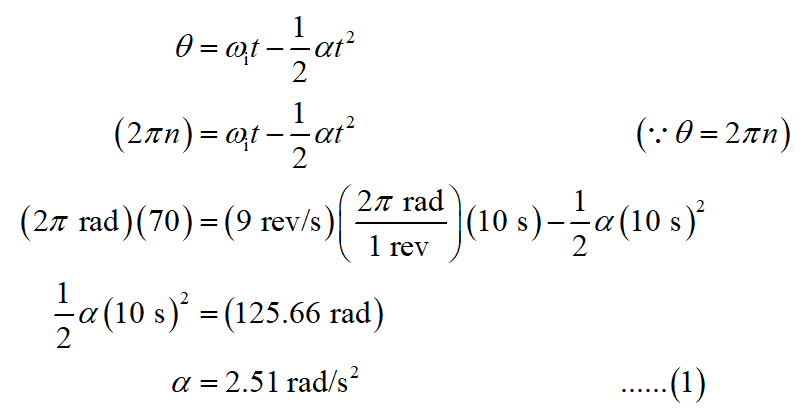A student holds a bike wheel and starts it spinning with an initial angular speed of 9.0rotations per second. The wheel is subject to some friction, so it gradually slows down. In the 10 s period following the inital spin, the bike wheel undergoes 70 complete rotations. Assuming the frictional torque remains constant, how much more time Δts will it take the bike wheel to come to a complete stop? The bike wheel has a mass of 0.625 kg and a radius of 0.315 m. If all the mass of the wheel is assumed to be located on the rim, find the magnitude of the frictional torque τf that was acting on the spinning wheel.
A student holds a bike wheel and starts it spinning with an initial angular speed of 9.0rotations per second. The wheel is subject to some friction, so it gradually slows down. In the 10 s period following the inital spin, the bike wheel undergoes 70 complete rotations.
Assuming the frictional torque remains constant, how much more time Δts will it take the bike wheel to come to a complete stop?
The bike wheel has a mass of 0.625 kg and a radius of 0.315 m. If all the mass of the wheel is assumed to be located on the rim, find the magnitude of the frictional torque τf that was acting on the spinning wheel.
Let ωi denotes the initial angular speed, t denotes the time, n denotes the number of rotations completed in this time, θ denotes the angular displacement, and α denotes the angular deceleration of the wheel. Therefore, the deceleration can be determined by using the 2nd equation of kinematics as,

Trending now
This is a popular solution!
Step by step
Solved in 4 steps with 4 images
